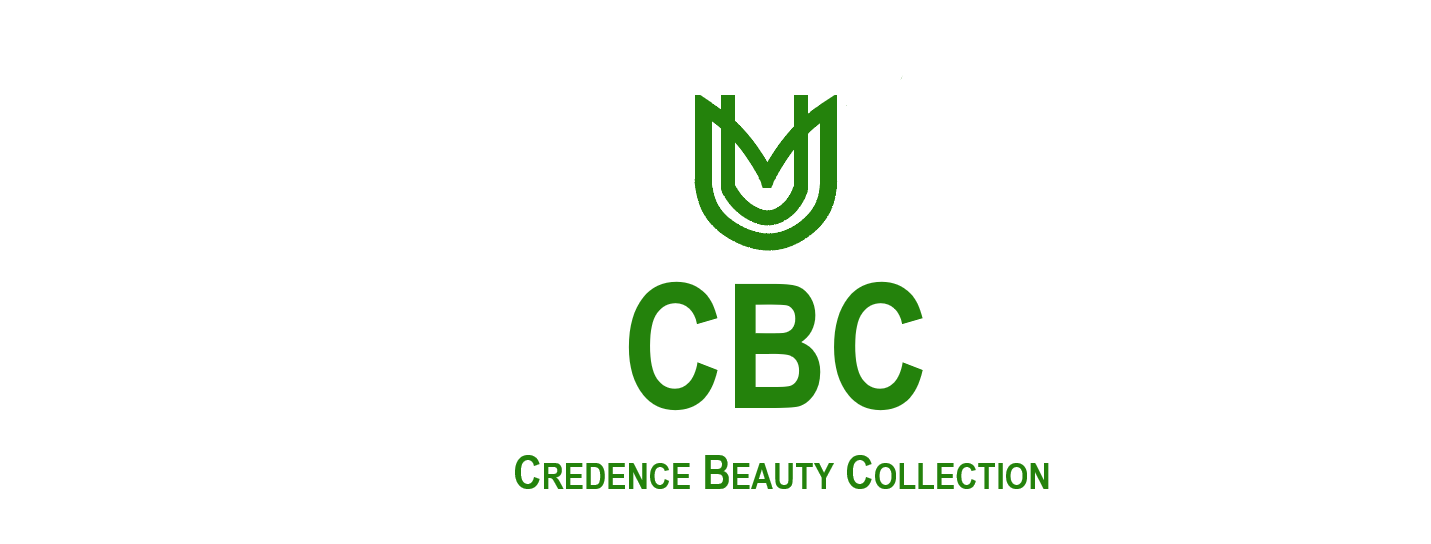Beauty standards have been a cornerstone of human culture for centuries, influencing the way we perceive ourselves and others. From ancient civilizations to modern societies, cultural beauty standards have evolved significantly, reflecting the unique values, traditions, and histories of different communities. In this article, we’ll explore the diverse and complex world of cultural beauty standards, examining their development, impact, and significance.
The Origins of Beauty Standards
Beauty standards have their roots in ancient cultures, where physical appearance was often linked to social status, spirituality, and cultural identity. In ancient Egypt, for example, beauty was associated with cleanliness, fragrance, and adornment. Women wore elaborate headdresses, collars, and makeup to signify their status and marital status. Similarly, in ancient Greece, beauty was linked to proportion, harmony, and balance, with the ideal body type being athletic and toned.
Cultural Variations in Beauty Standards
As cultures evolved, so did their beauty standards. Today, beauty standards vary significantly across different cultures, reflecting the unique histories, values, and traditions of each community. Some examples include:
- Skin tone: In many Western cultures, a tan complexion is associated with beauty and health. However, in some Asian cultures, pale skin is considered more desirable, as it’s linked to wealth and status.
- Body shape: In some African cultures, a fuller figure is seen as a sign of beauty and prosperity. In contrast, many Western cultures idealize a slender physique.
- Facial features: In some Asian cultures, a small nose and double eyelids are considered beautiful. In contrast, many African cultures celebrate fuller lips and noses.
- Hair: In many cultures, hair is a symbol of beauty, spirituality, and cultural identity. For example, dreadlocks are a sacred tradition in Rastafarian culture, while in some African cultures, braids and dreadlocks are a sign of status and spirituality.
The Impact of Globalization and Media
Globalization and media have significantly influenced cultural beauty standards, often perpetuating unrealistic and unattainable beauty ideals. The proliferation of Western beauty standards through media and advertising has led to the homogenization of beauty ideals, threatening the diversity of cultural beauty standards. For example:
- The rise of skin whitening: In some Asian cultures, skin whitening products have become increasingly popular, reflecting the influence of Western beauty standards.
- The cult of celebrity: Celebrities and influencers often set beauty trends, with their followers emulating their styles and beauty routines.
- Unrealistic beauty expectations: The media’s portrayal of beauty often creates unrealistic expectations, leading to body dissatisfaction, low self-esteem, and mental health issues.
The Significance of Cultural Beauty Standards
Cultural beauty standards are more than just physical ideals; they reflect the values, traditions, and histories of different communities. They:
- Shape identity: Beauty standards can influence how individuals perceive themselves and their place within their culture.
- Foster community: Shared beauty standards can create a sense of belonging and community among individuals.
- Preserve tradition: Cultural beauty standards often reflect traditional practices and values, preserving cultural heritage.
Conclusion
Cultural beauty standards are complex and multifaceted, reflecting the unique histories, values, and traditions of different communities. As we navigate the globalized world, it’s essential to appreciate and celebrate the diversity of cultural beauty standards, rather than perpetuating unrealistic and unattainable beauty ideals. By embracing our differences and promoting inclusivity, we can foster a more nuanced understanding of beauty and its significance in our lives.
Meta AI response: The Evolution of Cultural Beauty Standards: A Global Perspective Beauty standards have been a cornerstone of human culture for centuries, influencing the way we perceive ourselves and others. From ancient civilizations to modern societies, cultural beauty standards have evolved significantly, reflecting the unique values, traditions, and histories of different communities. In this article, we’ll explore the diverse and complex world of cultural beauty standards, examining their development, impact, and significance. The Origins of Beauty Standards Beauty standards have their roots in ancient cultures, where physical appearance was often linked to social status, spirituality, and cultural identity. In ancient Egypt, for example, beauty was associated with cleanliness, fragrance, and adornment. Women wore elaborate headdresses, collars, and makeup to signify their status and marital status. Similarly, in ancient Greece, beauty was linked to proportion, harmony, and balance, with the ideal body type being athletic and toned. Cultural Variations in Beauty Standards As cultures evolved, so did their beauty standards. Today, beauty standards vary significantly across different cultures, reflecting the unique histories, values, and traditions of each community. Some examples include: Skin tone: In many Western cultures, a tan complexion is associated with beauty and health. However, in some Asian cultures, pale skin is considered more desirable, as it’s linked to wealth and status. Body shape: In some African cultures, a fuller figure is seen as a sign of beauty and prosperity. In contrast, many Western cultures idealize a slender physique. Facial features: In some Asian cultures, a small nose and double eyelids are considered beautiful. In contrast, many African cultures celebrate fuller lips and noses. Hair: In many cultures, hair is a symbol of beauty, spirituality, and cultural identity. For example, dreadlocks are a sacred tradition in Rastafarian culture, while in some African cultures, braids and dreadlocks are a sign of status and spirituality. The Impact of Globalization and Media Globalization and media have significantly influenced cultural beauty standards, often perpetuating unrealistic and unattainable beauty ideals. The proliferation of Western beauty standards through media and advertising has led to the homogenization of beauty ideals, threatening the diversity of cultural beauty standards. For example: The rise of skin whitening: In some Asian cultures, skin whitening products have become increasingly popular, reflecting the influence of Western beauty standards. The cult of celebrity: Celebrities and influencers often set beauty trends, with their followers emulating their styles and beauty routines. Unrealistic beauty expectations: The media’s portrayal of beauty often creates unrealistic expectations, leading to body dissatisfaction, low self-esteem, and mental health issues. The Significance of Cultural Beauty Standards Cultural beauty standards are more than just physical ideals; they reflect the values, traditions, and histories of different communities. They: Shape identity: Beauty standards can influence how individuals perceive themselves and their place within their culture. Foster community: Shared beauty standards can create a sense of belonging and community among individuals. Preserve tradition: Cultural beauty standards often reflect traditional practices and values, preserving cultural heritage. Conclusion Cultural beauty standards are complex and multifaceted, reflecting the unique histories, values, and traditions of different communities. As we navigate the globalized world, it’s essential to appreciate and celebrate the diversity of cultural beauty standards, rather than perpetuating unrealistic and unattainable beauty ideals. By embracing our differences and promoting inclusivity, we can foster a more nuanced understanding of beauty and its significance in our lives.



